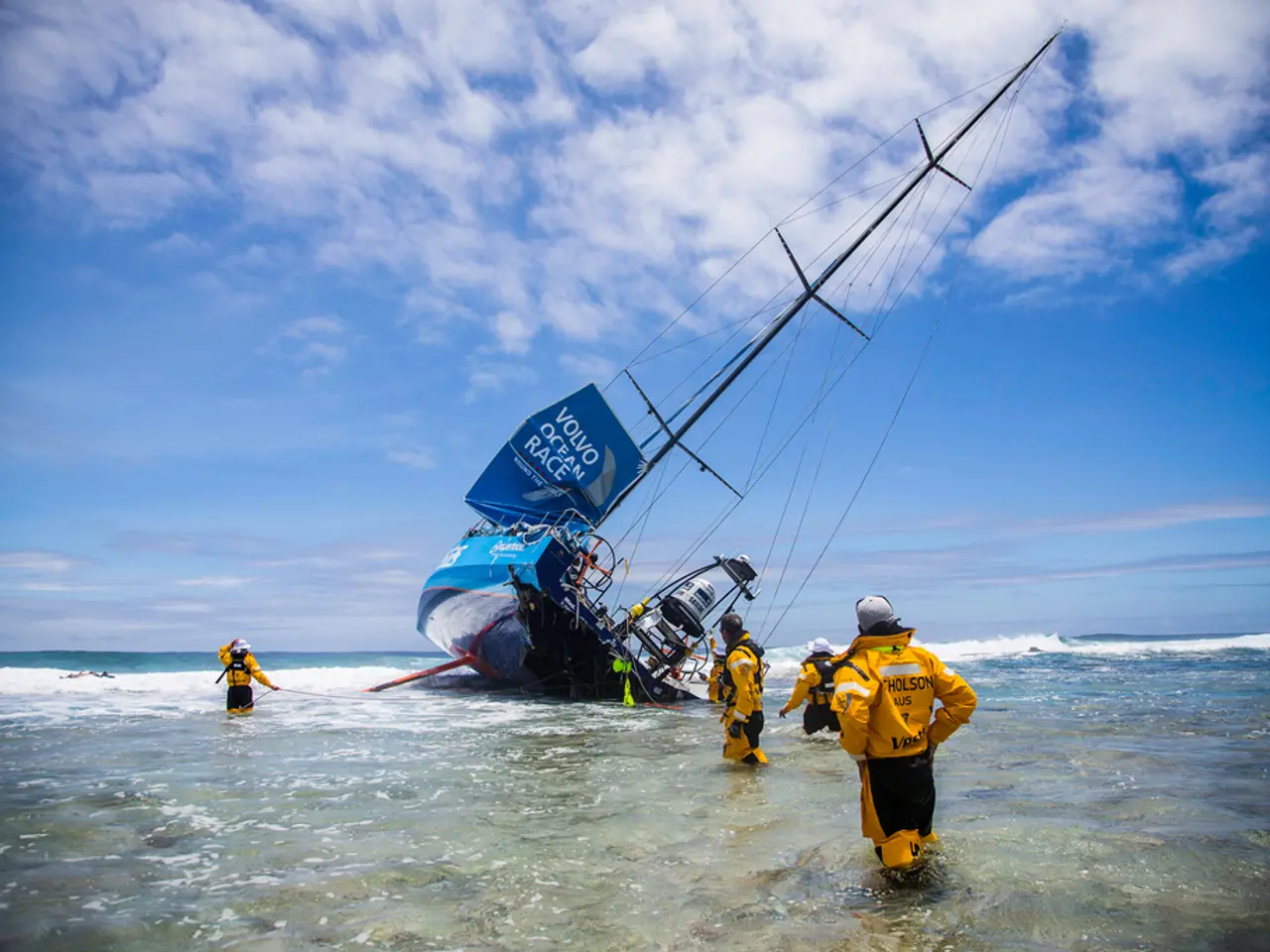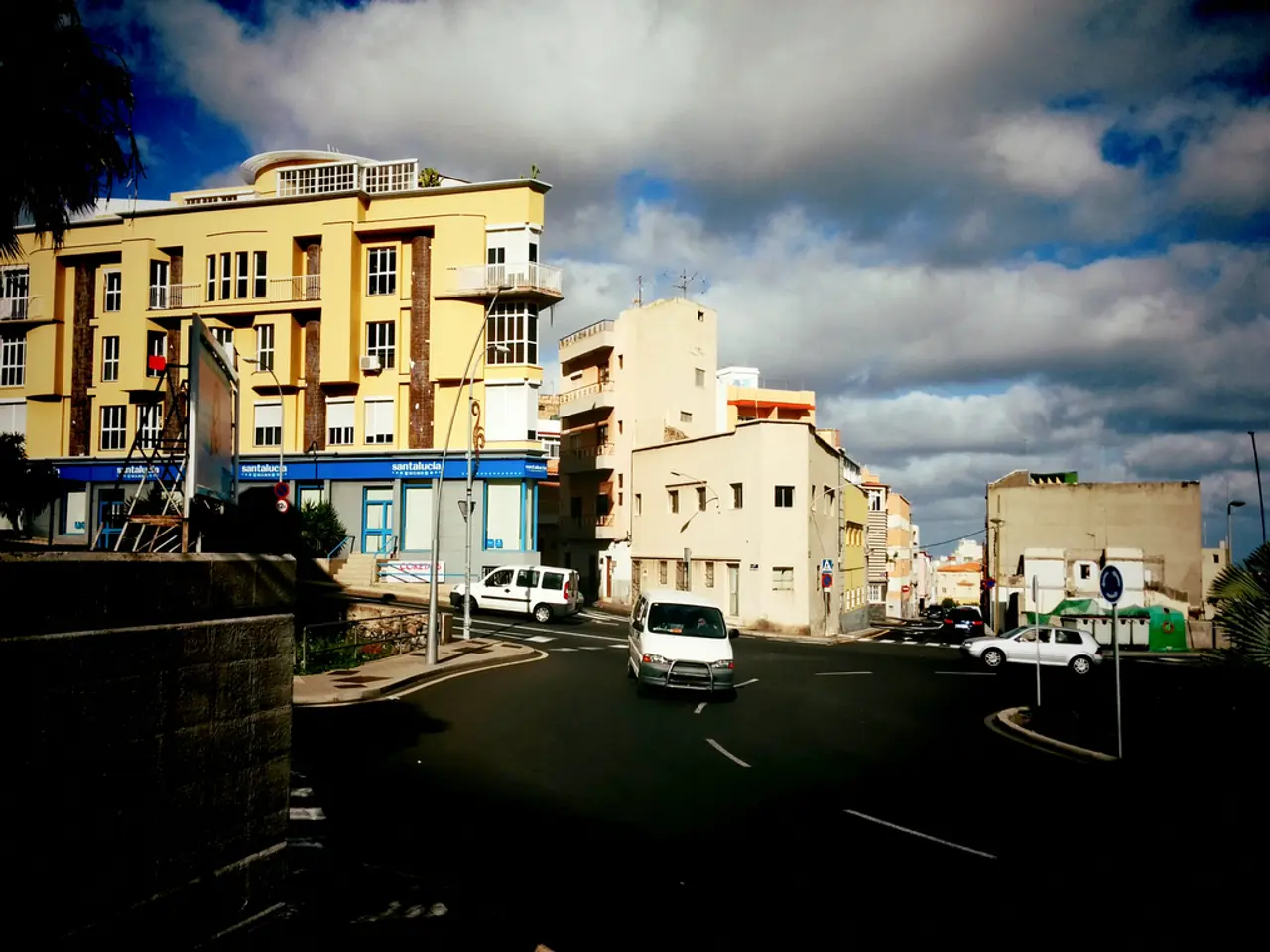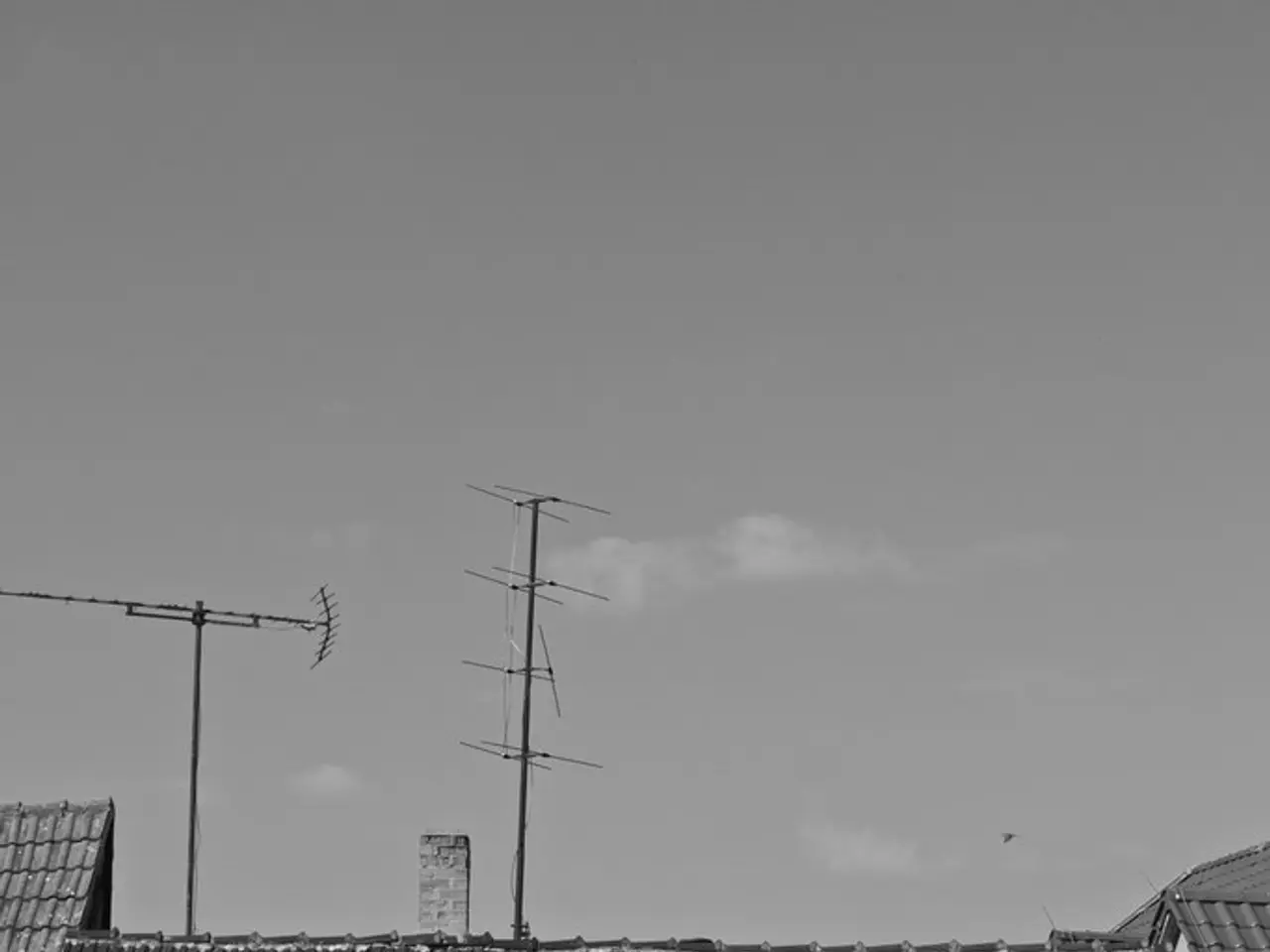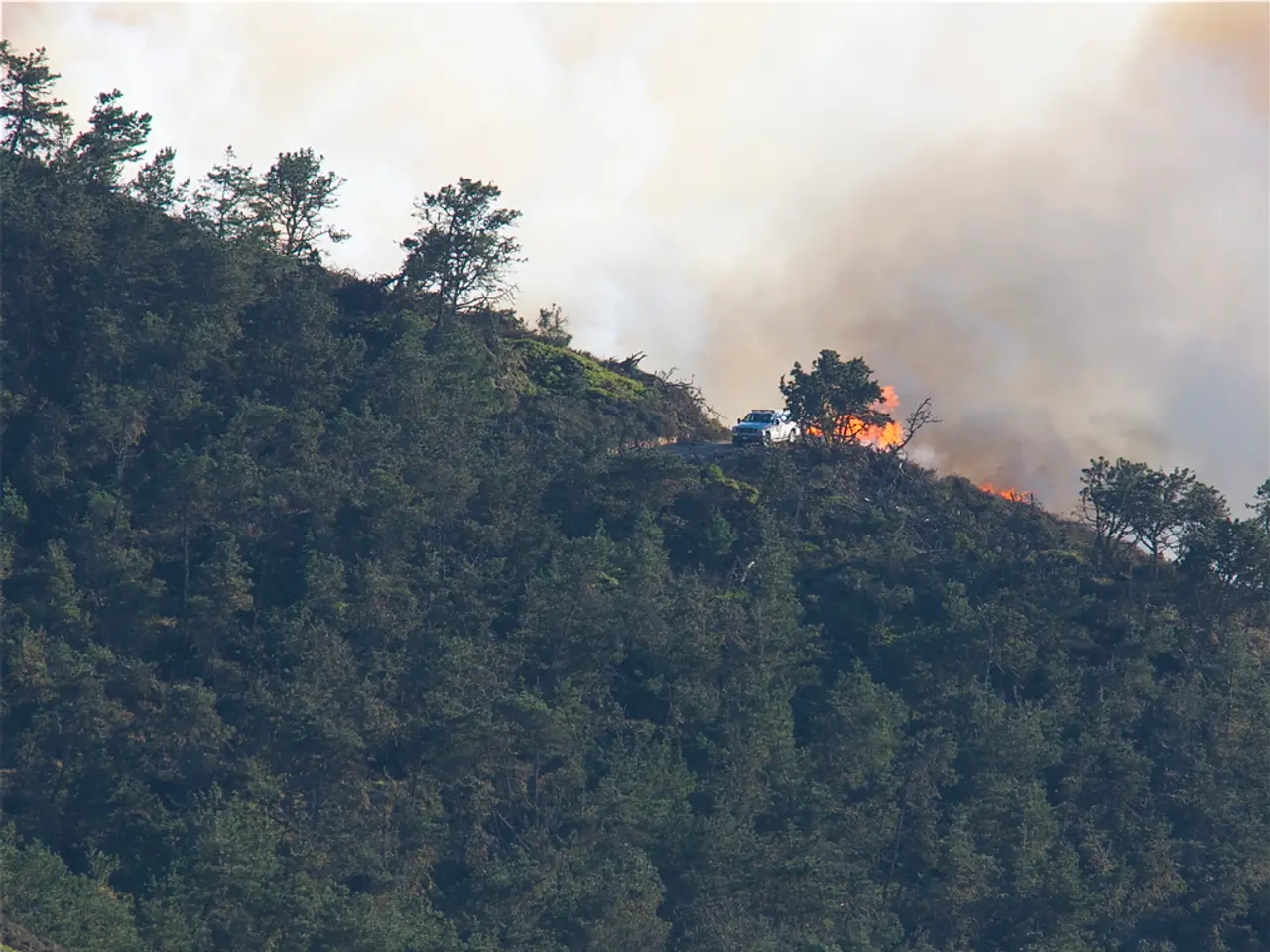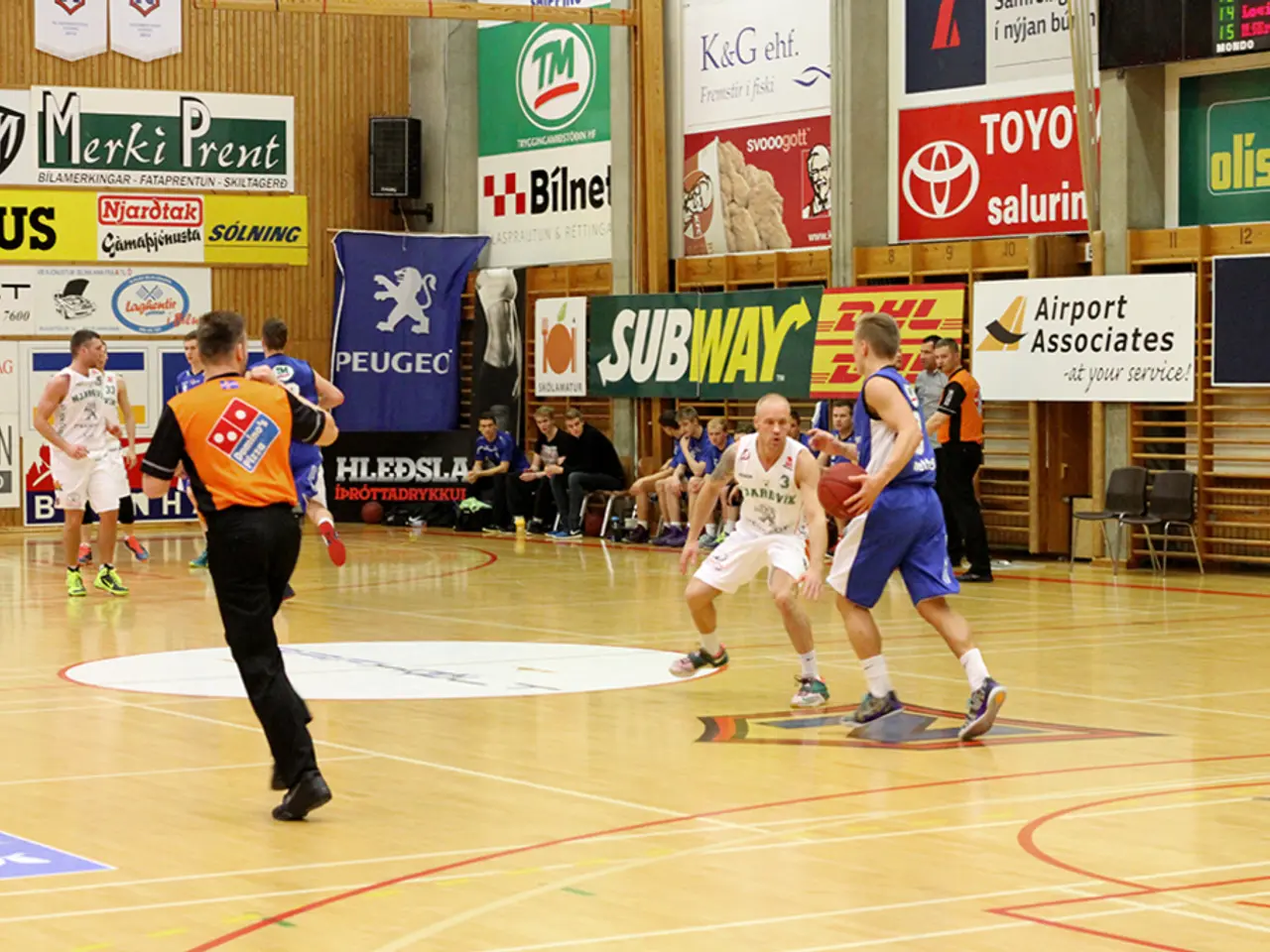Ongoing marine search for missing fishermen off the coast of Bali persists
The recent sinking of the KMP Tunu Pratama Jaya ferry en route from Banyuwangi to Bali has sparked concerns about maritime safety, rescue response, and the causes of such incidents in Indonesian waters[1][2].
## Causes of the Accident
The exact cause of the ferry sinking remains under investigation. The incident occurred just 30 minutes after departing from Ketapang port, suggesting a sudden onset of distress. With 22 vehicles and a total of 65 people (53 passengers and 12 crew members) on board, the high load factor may have contributed to the accident[1]. Adverse weather conditions, including high waves and rough waters around the Bali Strait, are a known risk factor in the region and may have played a role[2].
## Ongoing Rescue Efforts
Rescue operations have been extensive and multi-faceted. An immediate emergency response was issued by President Prabowo Subianto following the accident[1]. Navy ships, helicopters, thermal drones, and numerous vessels including fishing boats have been deployed in the search[2]. More than 160 rescuers, including police and soldiers, have participated in the operation. As of the latest updates, 31 survivors have been rescued, 4 people have died, and about 29–30 people remain missing[1][2]. However, the search has been repeatedly suspended due to poor visibility and rough sea conditions, hampering efforts to locate missing individuals[2].
## Maritime Safety Concerns
This accident underscores persistent maritime safety issues in Indonesian waters, a nation heavily reliant on ferries for inter-island transport. Ferries are frequently exposed to sudden weather changes, which can lead to accidents. The presence of numerous vehicles and passengers can lead to stability and safety risks, especially in adverse conditions. Previous accidents have raised concerns about vessel maintenance, enforcement of safety regulations, and crew training[1].
Adverse weather and limited visibility often delay or interrupt rescue missions, reducing the chances of finding survivors. The ongoing investigation will be critical in identifying actionable steps to prevent future tragedies, but this incident underscores the urgent need for improved safety protocols and effective response strategies in Indonesia’s maritime sector[1][2].
Survivor Bejo Santoso stated that the ship sank very quickly, with waves becoming stronger very quickly, causing the ship to list heavily to one side and capsize[3]. Santoso's account suggests that the trucks inside the ship sliding to one side due to the water rushing in may have contributed to the ship losing its balance and capsizing.
## The Golden Time Frame
Ribut Eko Suyatna, a rescue expert, stated that there is a "golden time frame" of three days for rescues at sea, in the mountains, or in forests[4]. With the passage of time, the chances of finding survivors decrease significantly.
In conclusion, the Indonesian ferry sinking serves as a stark reminder of the need for improved maritime safety measures and effective rescue strategies in Indonesia. The ongoing investigation promises to shed light on the specific causes of the accident and potential solutions for preventing future tragedies.
[1] "Indonesia: Ferry Sinks Off Bali, Killing at Least 6." BBC News, BBC, 16 Mar. 2023. www.bbc.com/news/world-asia-64754566
[2] "Indonesia Ferry Sinks in Bali Strait, Killing at Least 6." The New York Times, The New York Times, 16 Mar. 2023. www.nytimes.com/2023/03/16/world/asia/indonesia-ferry-sinks-bali-strait.html
[3] "Indonesia Ferry Sinking: Survivor Describes Moment Vessel Capsized." Al Jazeera, Al Jazeera, 16 Mar. 2023. www.aljazeera.com/news/2023/3/16/indonesia-ferry-sinking-survivor-describes-moment-vessel-capsized
[4] "Expert: 'Golden Time Frame' for Rescues at Sea, in Mountains, or Forests." CNN Indonesia, CNN, 16 Mar. 2023. www.cnnindonesia.co.id/world/20230316122137-4-308488/eksper:golden-time-frame-untuk-pencarian-dan-penyelamatan-di-laut-di-gunung-atau-hutan
- The recent car-accidents and fires during the rescue operation of the sunken ferry highlight the complexity of responding to multiple emergencies in general-news situations.
- Weather information and weather-forecasting played a significant role in the immediate response to the ferry sinking, as adverse weather conditions hindered rescue efforts and prolonged the search for survivors.
- As investigations continue into the causes of the ferry disaster, officials may need to review safety regulations for various modes of transportation, such as cars, trucks, and vessels, to ensure optimal safety standards are met in the future.
